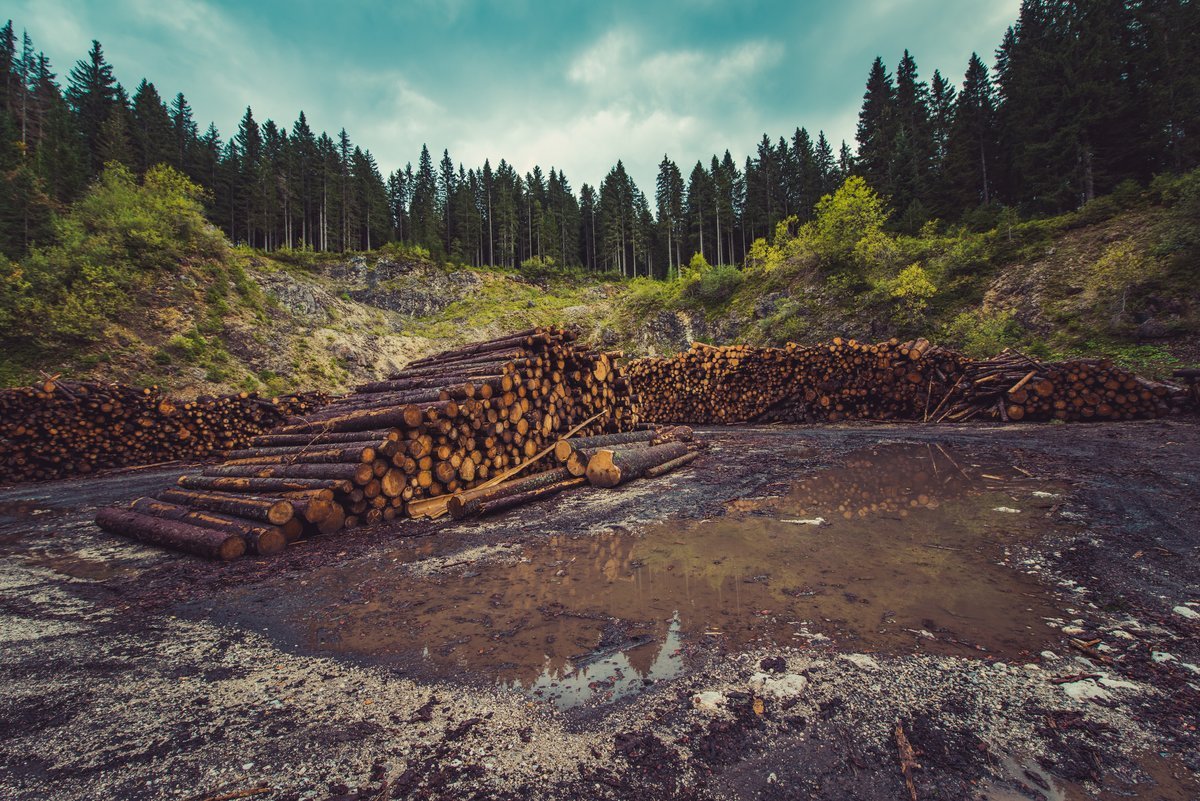On 6 December, the EU institutions reached a political agreement on the much anticipated deforestation-free value chains regulation, that aims to minimise deforestation and forest degradation embedded in products sold on the EU market.

420 million hectares of forest — an area larger than the EU — have been lost to deforestation between 1990 and 2020, most prominently driven by agricultural expansion and large-scale production of products such as soybeans, palm oil and cattle. Deforestation occurs primarily outside EU borders, yet European consumption was found responsible for 10% of global deforestation between 1990 and 2008. Indirect deforestation remains one of the EU’s greatest challenges regarding progress toward achieving the Sustainable Development Goals.
This legislation makes it mandatory for companies to ensure that goods placed on the EU market have not led to deforestation or forest degradation anywhere in the world after 31 December. While this decisive legislation has strong potential to reduce the EU’s contribution to climate change and biodiversity loss globally, our brief evaluates the wins, losses, and delays in the discussion leading up to the deal. At the end of the day, the ambition of the legislation lies in the details for effective implementation, such as the capacity of EU authorities for adequate monitoring.
Despite the Regulation’s considerations, it will bring challenges to exporters of select commodities, and groups who face the most acute capacity constraints to adapt, such as SMEs and smallholders. Their limited resources mean they will be disproportionately impacted by the checks, requirements and penalties that will arise from the implementation of this legislation. Our analysis proposes and elaborates on the following recommendations for smallholders to benefit from the regulation:
- Supporting measures for compliance to prevent companies from shifting their sourcing away from smallholders to large producers because of a potential compliance gap.
- Democratising financial support measures to smallholders.
- Better involvement of civil society in systematic assessments of the Regulation’s impact on all farmers, including smallholders.
Read the rest of these recommendations here.



